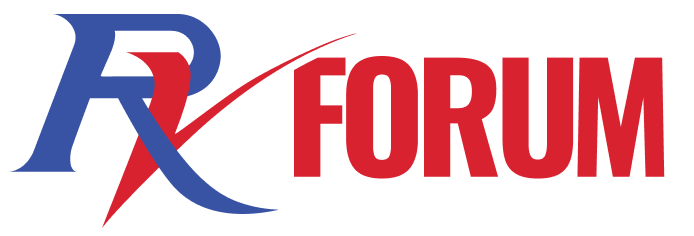I'm setting up my Equalizer WDH, I have watched numerous videos but still seem to have a few questions:
- Setting the head on the shank, I know the top of the ball should be level with inside height of the hitch on the trailer, but this is almost never possible as the shanks have holes at even spacing. If there is the need to good with the closest holes, should the ball be slightly lower or higher then the trailer ball reviever? The Equalizer video says lower but this kind of goes against my previous setups.
- Leveling trailer What do you level? If the ground is flat but on a slight incline, level will be effectted. Is it a good idea to measure frame distance to ground front and back, and go with this?
Thanks for the help.
- Setting the head on the shank, I know the top of the ball should be level with inside height of the hitch on the trailer, but this is almost never possible as the shanks have holes at even spacing. If there is the need to good with the closest holes, should the ball be slightly lower or higher then the trailer ball reviever? The Equalizer video says lower but this kind of goes against my previous setups.
- Leveling trailer What do you level? If the ground is flat but on a slight incline, level will be effectted. Is it a good idea to measure frame distance to ground front and back, and go with this?
Thanks for the help.
